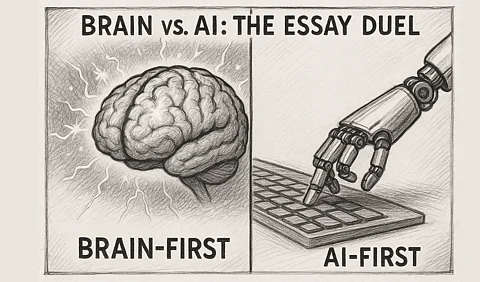Imagine your brain as a smartphone. When you're typing every letter yourself, your brain’s processing apps are running in full force. But what happens when you open ChatGPT and let it type for you? According to a new MIT study, letting AI take the wheel right from the start may turn off some of those essential brain functions.
The Study at a Glance
The study, headed by Nataliya Kosmyna and her team, aimed to explore how the use of AI tools, despite their convenience, might be impacting our ability to think critically, retain information, and learn effectively. Researchers at MIT’s Media Lab tracked 54 student volunteers, 18 to 39 year olds, across four essay-writing sessions using high-density EEG, which measures brainwave activity. They split participants into three groups:
Brain-only: wrote essays without external tools.
Google-aided: did research through google search engine.
ChatGPT-aided: began essays using AI
In the final session, they switched methods: Brain-only students teamed up with AI, and ChatGPT users had to go solo.


